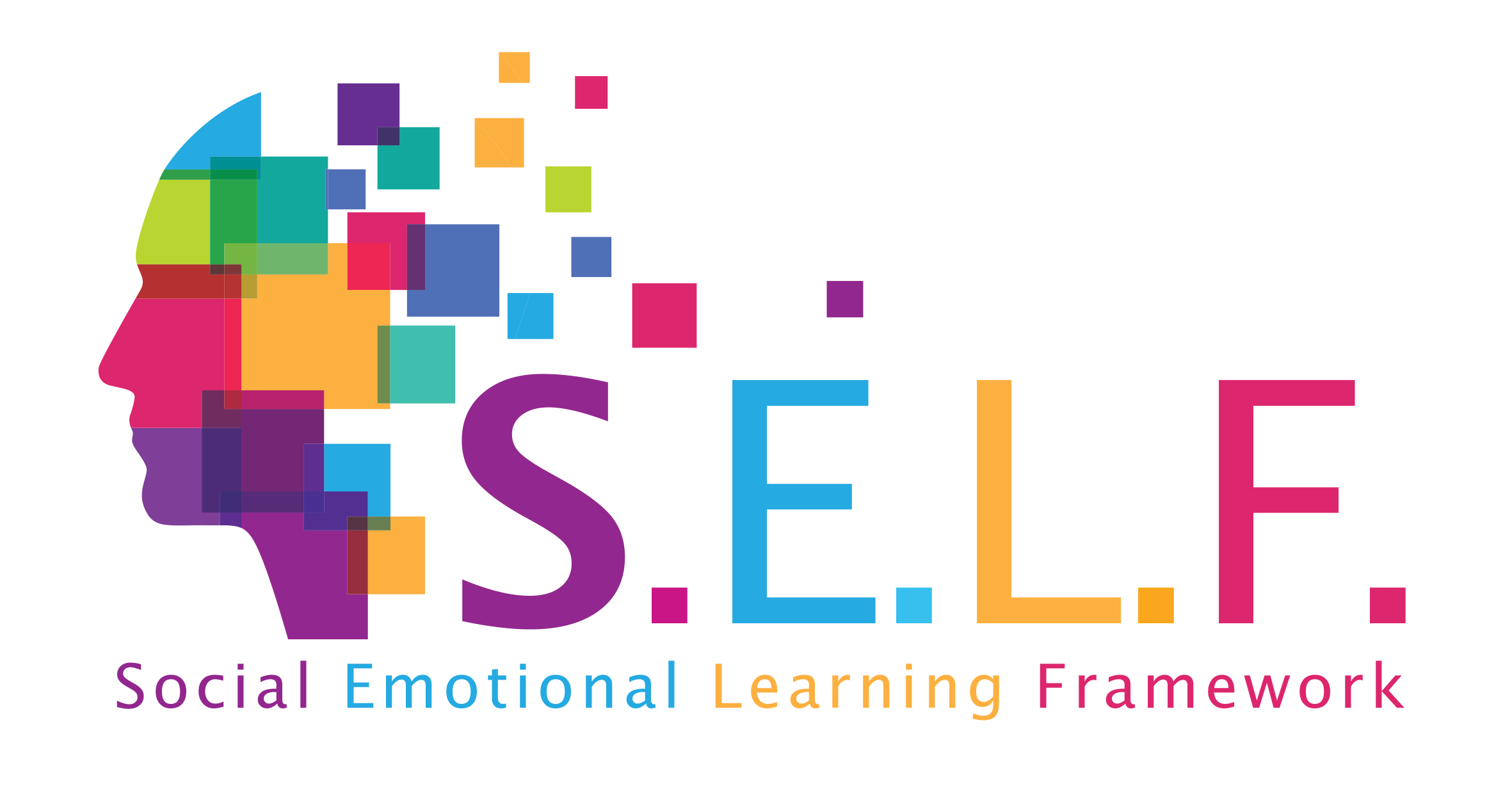Who Is Behind Me?
Practice: Guessing game based on stereotypical responses to photographs; discussion.
Overview: Children guess the person pictured on their back based on the responses of others.
Instructions: Each of you will have a picture of a person taped on your back. Everyone will walk around the room for 10 minutes. When you meet someone, look at the picture and say some words that express the general opinion of society about a person like that. This is not necessarily your personal opinion but the suggestions and labels that people use about this kind of person. These words might be positive or negative and even unkind. Write down the words used for you and try to guess what kind of a person you are. When time is up, starting with picture number one, ask each child to guess the identity of the person in the picture based on how others have responded. Ask each child to also explain the reasons behind their guess. Then ask each child in turn what words were said about the picture and write these words on flipcharts or on the board. After each child has guessed, take off the picture and show it to the group. Place it next to the relevant opinions and comments or on the paper or board. Discuss each picture briefly:
Where do you think the person in the picture is? Where are they and what are they doing? Do you think people in this picture enjoy any human rights? Was it difficult to find the right words to describe what people generally say about those on the pictures? How did you feel about saying something harsh or unfair about the person in the picture? Was it difficult to guess your picture’s identity, based on what people said? How did you feel about hearing what people said about the person you represented? Were your ideas about the people represented in the different pictures different from the comments you received? Were some people unable to guess their photos? Why do you think they found it difficult?
When to Use
Age Level
10-14 years
Duration
30 mins
Materials
(Collect a set of 25 pictures showing people in different countries and settings. Mount the pictures on cardboard. Number the pictures.)
